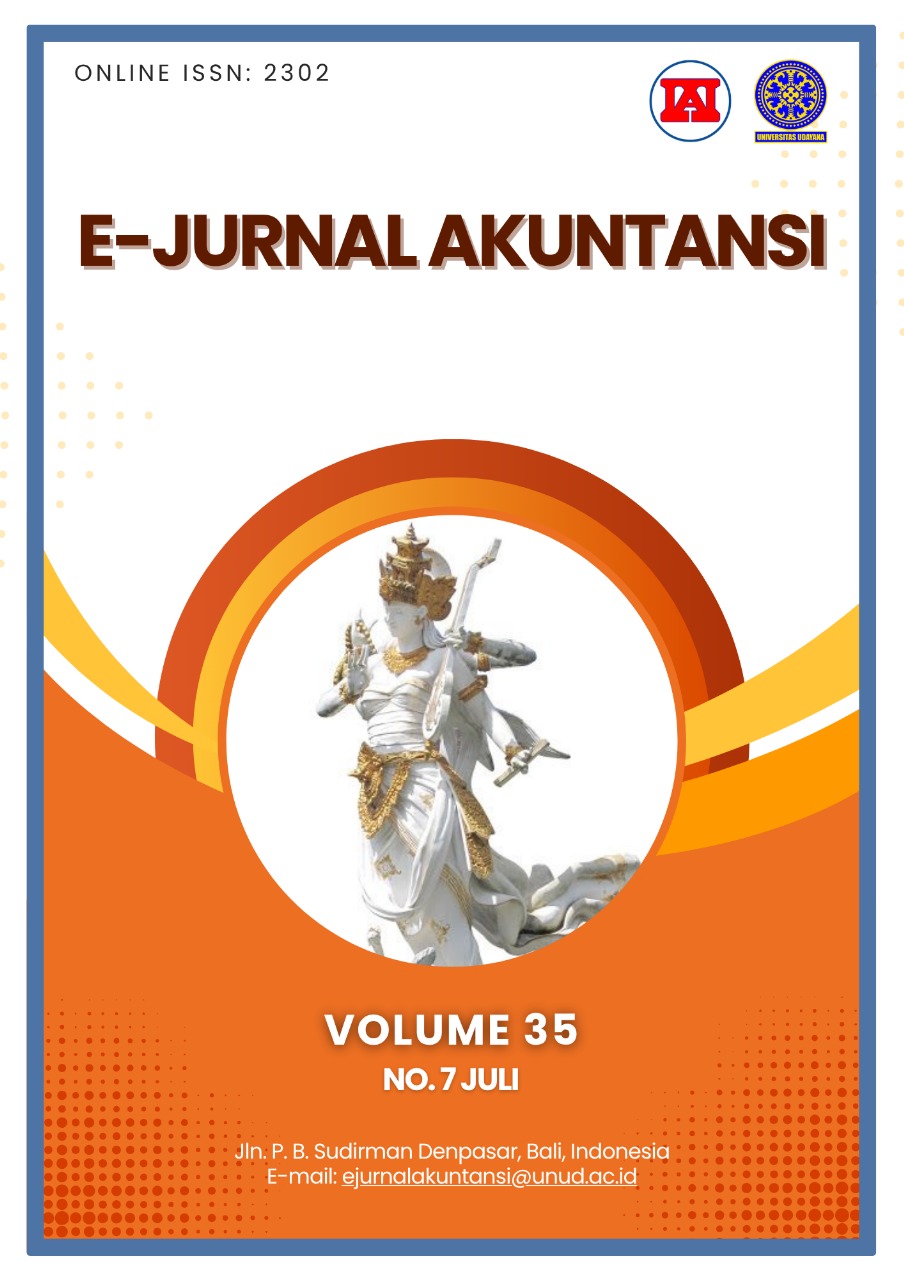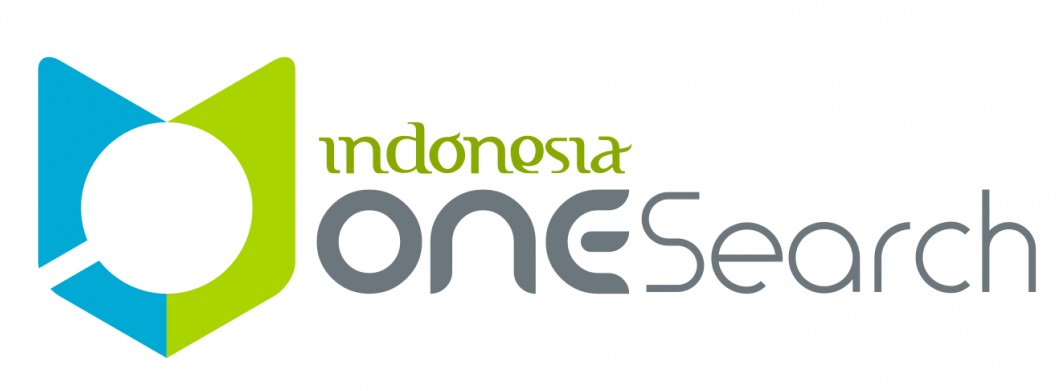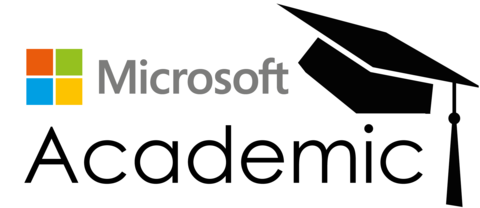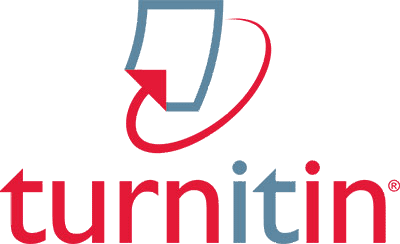The Moderating Effect of Competitive Advantage on the Relationship of Intellectual Capital and Financial Performance
Abstract
This study examines the effect of Intellectual Capital components: Human Capital, Structural Capital, and Physical Capital on Financial Performance, while assessing the moderating role of Competitive Advantage. The population consists of banking companies listed on the Indonesia Stock Exchange and Commercial Bank of Malaysia from 2020-2023. A total of 264 observations were selected using purposive sampling based on predefined criteria. Panel data regression analysis using Stata software shows that Human Capital and Physical Capital have a positive and significant effect on ROA, while Structural Capital and Competitive Advantage do not. Moreover, Competitive Advantage significantly moderates the relationship between Physical Capital and ROA.
Keywords: Intellectual capital components; Competitive advantage; Financial performance.
Downloads
References
Ahamad, S., Al-Jaifi, H. A. A., & Ehigiamusoe, K. U. (2023). Impact of Intellectual Capital on Microfinance Institutions’ Efficiency: the Moderating Role of External Governance. Journal of the Knowledge Economy, 14(2), 691–717. https://doi.org/10.1007/s13132-022-00937-8
Ahamad, S., Al-Jaifi, H., & Ehigiamusoe, K. (2022). Impact of Intellectual Capital on Microfinance Institutions’ Efficiency: the Moderating Role of External Governance. Journal of the Knowledge Economy, 14, 691–717. https://doi.org/10.1007/s13132-022-00937-8
Ali, M. A., Hussin, N., Haddad, H., Al-Araj, R., & Abed, I. A. (2021). Intellectual capital and innovation performance: systematic literature review. Risks, 9(9). https://doi.org/10.3390/risks9090170
AlQershi, N., Saufi, R. B. A., Ismail, N. A., Mohamad, M. R. Bin, Ramayah, T., Muhammad, N. M. N., & Yusoff, M. N. H. Bin. (2023). The moderating role of market turbulence beyond the Covid-19 pandemic and Russia-Ukraine crisis on the relationship between intellectual capital and business sustainability. Technological Forecasting and Social Change, 186(PB), 122081. https://doi.org/10.1016/j.techfore.2022.122081
Annisa, N., & Slamet, H. (2023). The Impact Of Intellectual Capital And Good Corporate. Akuntansi Dan Auditing, 20(2), 214–232.
Asutay, M., & Ubaidillah. (2024). Exam
ining the Impact of Intellectual Capital Performance on Financial Performance in Islamic Banks. In Journal of the Knowledge Economy (Vol. 15, Issue 1). Springer US. https://doi.org/10.1007/s13132-023-01114-1
Barney. (1991). Firm Resources RBV. Journal of Management, 17(1), 410.
Bawono, S., Sanusi, A., Supriadi, B., Triatmanto, B., & Widarni, E. L. (2023). Effects of Asset Diversification and Human Capital Efficiency on Bank Performance : Evidence from Asian Countries. Journal of Asian Finance, Economics and Business, 10(1), 123–132. https://doi.org/10.13106/jafeb.2023.vol10.no1.0123
Cheng, Q., Liu, Y., & Chang, Y. (2022). The incentive mechanism in knowledge alliance: based on the input-output of knowledge. Journal of Innovation and Knowledge, 7(2). https://doi.org/10.1016/j.jik.2022.100175
Dalwai, T., Singh, D., & S., A. (2022). Intellectual capital, bank stability and risk-taking: evidence from Asian emerging markets. Competitiveness Review: An International Business Journal, 32(6), 995–1024. https://doi.org/10.1108/CR-03-2021-0031
Gujarati, N. D., & Porter, C. D. (2009). Basic Econometrics. In Introductory Econometrics: A Practical Approach. Douglas Reiner.
Hafidhah, Rusnani, R., & Liyanto, L. (2022). Intellectual Capital dan Kinerja Keuangan pada UKM pada masa Pandemi Covid-19: Apakah terkait? JAK (Jurnal Akuntansi) Kajian Ilmiah Akuntansi, 9(1), 103–126. https://doi.org/10.30656/jak.v9i1.3799
Hapsari, I. (2018). The Effect of Competitive Advantage toward Financial Performance with Good Information Technology Govenance as Moderating Variable (An Empirical Studies on Commercial Banking Listed in Indonesia Stock Exchange). Kompartemen: Jurnal Ilmiah Akuntansi, XVII(2), 1–9. http://jurnalnasional.ump.ac.id/index.php/kompartemen/
Harto, P., Susanto, H., Zainuddin, F., & Ghozali, I. (2020). Intellectual Capital And Financial Performance Of State-Owned Banking: Evidence From Indonesia. International Journal of Learning and Intellectual Capital, 17, 1. https://doi.org/10.1504/IJLIC.2020.10023752
Kamath, G. B. (2007). The intellectual capital performance of the Indian banking sector. Journal of Intellectual Capital, 8(1), 96–123. https://doi.org/10.1108/14691930710715088
Kaur, K., & Kumar, S. (2024). Resource-based view and SME internationalization: a systematic literature review of resource optimization for global growth. Management Review Quarterly. https://doi.org/10.1007/s11301-024-00478-1
King, A. C., Rao, M. P., & Tregillis, C. D. (2017). Econometric Analysis. In Litigation Services Handbook: The Role of the Financial Expert: Sixth Edition. https://doi.org/10.1002/9781119363194.ch9
Kumar, A. A., & Shekhar, V. (2020). SCL of Knowledge in Indian Universities. Journal of the Knowledge Economy, 11(3), 1043–1058. https://doi.org/10.1007/s13132-019-00592-6
Le, T. D. Q., Ho, T. N. T., Nguyen, D. T., & Ngo, T. (2022). Intellectual capital–bank efficiency nexus: evidence from an emerging market. Cogent Economics and Finance, 10(1). https://doi.org/10.1080/23322039.2022.2127485
Le, T. D. Q., & Nguyen, D. T. (2020). Intellectual capital and bank profitability: New evidence from Vietnam. Cogent Business and Management, 7(1). https://doi.org/10.1080/23311975.2020.1859666
Majumder, M. T. H., Ruma, I. J., & Akter, A. (2023). Does intellectual capital affect bank performance? Evidence from Bangladesh. LBS Journal of Management & Research, 21(2), 171–185. https://doi.org/10.1108/lbsjmr-05-2022-0016
Makadok, R. (2001). Toward a Synthesis of the Resource-Based and Dynamic-Capability Views of Rent Creation. Strategic Management Journal, 22(5), 387–401. http://www.jstor.org/stable/3094265
Mohammad, H. S., Bujang, I., & Ha
kim, T. A. (2019). Capital structure and financial performance of Malaysian construction firms. Asian Economic and Financial Review, 9(12), 1306–1319. https://doi.org/10.18488/journal.aefr.2019.912.1306.1319
Muchlis, M. (2023). Financial Performance: Big Data & Sustainabiity Competitive Advantage Studi Kasus Institusi Keuangan di Indonesia. Sustainable, 3(2), 282–300. https://doi.org/10.30651/stb.v3i2.20886
Nadeem, M., Gan, C., & Nguyen, C. (2017). Does intellectual capital efficiency improve firm performance in BRICS economies? A dynamic panel estimation. Measuring Business Excellence, 21(1), 65–85. https://doi.org/10.1108/MBE-12-2015-0055
Nguyen, D. T., Le, T. D. Q., & Tran, S. H. (2023). The moderating role of income diversification on the relationship between intellectual capital and bank performance evidence from Viet Nam. Cogent Business and Management, 10(1). https://doi.org/10.1080/23311975.2023.2182621
Nikmah, F., Rahmawati, R., & Sukma, E. A. (2021). Resource-based view: implementation in Indonesia SMEs. European Journal of …, 9(1), 13–22. http://www.idpublications.org/wp-content/uploads/2021/03/Full-Paper-RESOURCE-BASED-VIEW-IMPLEMENTATION-IN-INDONESIA-SMEs-TO-ACHIEVE-COMPETITIVE-ADVANTAGE.pdf
Nurseha, B. P., Afif, M. N., & Anwar, S. (2024). The effect of human capital efficiency, structural capital efficiency, relational capital efficiency, capital employed efficiency & rate of growth of intellectual capital on financial performance. The Accounting Journal of Binaniaga, 9(01), 51–64. https://doi.org/10.33062/ajb.v9i01.49
Nyimbili, F., & Nyimbili, L. (2024). Types of Purposive Sampling Techniques with Their Examples and Application in Qualitative Research Studies. British Journal of Multidisciplinary and Advanced Studies, 5(1), 90–99. https://doi.org/10.37745/bjmas.2022.0419
Ousama, A. A., Hammami, H., & Abdulkarim, M. (2020). The association between intellectual capital and financial performance in the Islamic banking industry: An analysis of the GCC banks. International Journal of Islamic and Middle Eastern Finance and Management, 13(1), 75–93. https://doi.org/10.1108/IMEFM-05-2016-0073
Panno, A. (2020). Performance measurement and management in small companies of the service sector; evidence from a sample of Italian hotels. Measuring Business Excellence, 24(2), 133–160. https://doi.org/10.1108/MBE-01-2018-0004
Pulic, A. (2004). Intellectual capital – does it create or destroy value? Measuring Business Excellence, 8(1), 62–68. https://doi.org/10.1108/13683040410524757
Rabiu, N., Okpanachi, J., Yahaya, O. A., & Ibiamke, A. (2025). Structural And Capital Employed Efficiency And Financial Performance Of Listed Consumer Goods Companies In Nigeria. 07(04), 6802–6814.
Rochmadhona, B. N., Suganda, T. R., & Cahyadi, S. (2018). The Competitive Advantage between Intellectual Capital and Financial Performance of Banking Sector in ASEAN. Jurnal Keuangan Dan Perbankan, 22(2), 321–334. https://doi.org/10.26905/jkdp.v22i2.2060
Rusmawan, R. I. N., Setiawan, I., & Ruhadi, R. (2023). The Effect of Intellectual Capital on Financial Performance with Corporate Social Responsibility as Moderating Variable: Studies on Islamic Commercial Banks. Indonesian Journal of Economics and Management, 3(2), 439–449. https://doi.org/10.35313/ijem.v3i2.4879
Saroso, H., & Ridwan, A. (2020). Resource development analysis in Indonesia listed bank type IV: An overview of resource b
ase theory in Indonesia banking industry in developing competitive advantage. Pertanika Journal of Social Sciences and Humanities, 28, 15–27.
Sharabati, A. A. A., Jawad, S. N., & Bontis, N. (2010). Intellectual capital and business performance in the pharmaceutical sector of Jordan. Management Decision, 48(1), 105–131. https://doi.org/10.1108/00251741011014481
Sirmon, D. G., Hitt, M. A., Ireland, R. D., & Gilbert, B. A. (2011). Resource orchestration to create competitive advantage: Breadth, depth, and life cycle effects. Journal of Management, 37(5), 1390–1412. https://doi.org/10.1177/0149206310385695
Smith, P. M., & Meso, P. (2000). A resource-based view of organizational knowledge management systems. Journal of Knowledge Management, 4(3), 224–234.
Soetanto, T., & Liem, P. F. (2019). Intellectual capital in Indonesia: dynamic panel approach. Journal of Asia Business Studies, 13(2), 240–262. https://doi.org/10.1108/JABS-02-2018-0059
Teece, D. J., Pisano, G., & Shuen, A. (1999). Dynamic Capabilities and Strategic Management. Knowledge and Strategy. In 77–115. Doi:10.1016/B978-0-7506-7088-3.50009-7 (Vol. 18, Issue 7). Butterworth-Heinemann. https://doi.org/10.1016/B978-0-7506-7088-3.50009-7
Ul Rehman, W., Saltik, O., Degirmen, S., Ocak, M., & Shabbir, H. (2023). Dynamics of intellectual capital and financial performance in ASEAN banks. Arab Gulf Journal of Scientific Research. https://doi.org/10.1108/AGJSR-12-2022-0287
Ur Rehman, A., Aslam, E., & Iqbal, A. (2022). Intellectual capital efficiency and bank performance: Evidence from islamic banks. Borsa Istanbul Review, 22(1), 113–121. https://doi.org/10.1016/j.bir.2021.02.004
Weqar, F., Khan, A. M., Raushan, M. A., & Haque, S. M. I. (2021). Measuring the Impact of Intellectual Capital on the Financial Performance of the Finance Sector of India. Journal of the Knowledge Economy, 12(3), 1134–1151. https://doi.org/10.1007/s13132-020-00654-0
Wernerfelt, B. (1984). A resource-based view of the firm. Strategic Management Journal, 5(2), 171–180. https://doi.org/https://doi.org/10.1002/smj.4250050207
Wooldridge, J. (2002). Econometric Analysis of Cross SEction and Panel Data. In booksgooglecom (Vol. 1).
Xu, J., Haris, M., & Liu, F. (2023). Intellectual capital efficiency and firms’ financial performance based on business life cycle. Journal of Intellectual Capital, 24(3), 653–682. https://doi.org/10.1108/JIC-12-2020-0383
Xu, J., & Liu, F. (2021). Nexus between intellectual capital and financial performance: An investigation of chinese manufacturing industry. Journal of Business Economics and Management, 22(1), 217–235. https://doi.org/10.3846/jbem.2020.13888

This work is licensed under a Creative Commons Attribution-ShareAlike 4.0 International License.

















